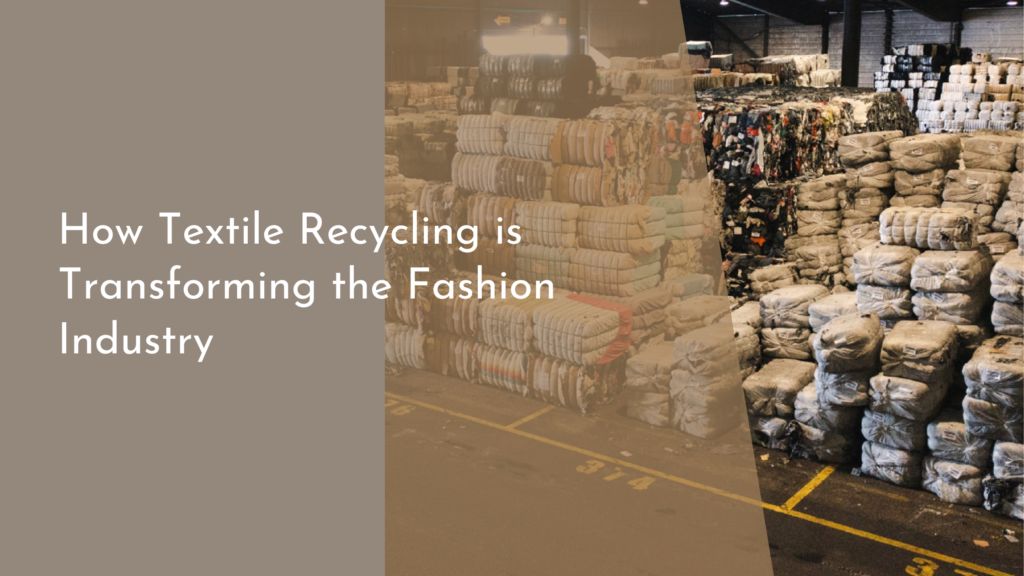Exploring the potential of carbon offset programs for wildlife
In the fight against climate change, carbon offset programs have emerged as a promising avenue for not only reducing greenhouse gases but also protecting wildlife and their habitats. These programs allow individuals and companies to compensate for their carbon emissions by investing in projects that either reduce future emissions or enhance carbon sequestration in natural ecosystems. As awareness of the interconnectedness of climate health and biodiversity increases, more initiatives are harnessing the power of carbon offsets to protect endangered species and restore their environments. This article explores the potential of carbon offset programs as a tool for wildlife conservation and highlights ways individuals can contribute positively to this cause.
Understanding Carbon Offsets: A Path to Wildlife Protection
Carbon offsets represent a tangible way for businesses and individuals to mitigate their carbon footprint. By investing in projects such as reforestation, renewable energy, and sustainable land management, participants can effectively "offset" their emissions. This financial investment supports initiatives that improve air quality, enhance biodiversity, and contribute to global climate resilience. When these projects take place in wildlife habitats, they can create safer environments for various species that are threatened by habitat loss and climate change.
The integration of carbon offset programs with wildlife protection efforts creates a synergistic relationship. For instance, the preservation of forests not only sequesters carbon but also provides crucial habitats for countless species. By aligning ecological goals with climate action, these programs are becoming a beacon of hope for biodiversity conservation. The potential is vast, as the funds generated can be directed towards protecting endangered flora and fauna, thus showcasing the vital role that carbon offsets can play in wildlife preservation.
How Carbon Offset Programs Benefit Endangered Species
Endangered species often face the dual threats of habitat destruction and climate change. Carbon offset programs that focus on reforestation and habitat restoration can directly mitigate these threats. For example, restoring degraded lands can lead to the resurgence of local wildlife populations by providing them with the necessary resources to thrive. The creation of wildlife corridors is another benefit, allowing animals to move freely between habitats that may have been previously fragmented. This connectivity is crucial for maintaining healthy gene pools and promoting biodiversity.
Moreover, many carbon offset programs are designed with specific wildlife conservation goals in mind. By partnering with conservation organizations, these programs can ensure that their efforts not only focus on carbon sequestering but also address the pressing needs of endangered species. This collaborative approach fosters a comprehensive strategy for conservation, making it easier for organizations to secure funding and implement effective measures. With the right initiatives, the benefits of carbon offsets extend far beyond just reducing emissions—they can lead to the revival of entire ecosystems and the species that inhabit them.
Success Stories: Wildlife Thriving Through Carbon Initiatives
Numerous success stories have emerged from carbon offset projects around the globe, showcasing the profound impact these initiatives can have on wildlife conservation. One notable example is the REDD+ program in Madagascar, which focuses on reducing deforestation and promoting sustainable land use. Through the sale of carbon credits, local communities have been empowered to engage in conservation efforts that protect unique species such as the lemur. As a result, not only has carbon sequestration improved, but the populations of these endangered animals have also begun to recover, demonstrating a powerful win-win outcome.
Another inspiring case is the restoration of wetlands in the United States as part of carbon offset programs. Restoring these ecosystems has proven beneficial for both carbon storage and wildlife. Species such as migratory birds, amphibians, and fish have returned to these revitalized habitats, enhancing local biodiversity. These initiatives not only contribute to climate goals but also foster a thriving environment for wildlife. By spotlighting these success stories, it becomes evident that carbon offset programs can significantly contribute to the health of ecosystems and the species that depend on them.
Getting Involved: Your Role in Wildlife Conservation Efforts
As individuals, we all have a part to play in wildlife conservation through carbon offset programs. One of the most impactful ways to contribute is by purchasing carbon offsets for your own carbon footprint. Many organizations offer certification for offsets linked directly to conservation projects, allowing you to support initiatives that protect endangered species and their habitats. By making informed choices about our carbon emissions, we can collectively drive demand for wildlife-focused carbon initiatives.
Additionally, you can participate in local conservation efforts or volunteer with organizations that align with your passion for wildlife. Many programs rely on community engagement to maintain their projects effectively, and hands-on involvement can lead to meaningful change. Whether it’s planting trees, participating in habitat restoration, or educating others about the importance of carbon offsets, your actions can create a ripple effect. By spreading awareness and taking part in these initiatives, you can help ensure that wildlife continues to thrive alongside our planet’s efforts to combat climate change.
Carbon offset programs represent an exciting and innovative approach to wildlife conservation in the context of climate change. By understanding how these programs function and their benefits to endangered species, we can appreciate the roles they play in revitalizing ecosystems across the globe. The success stories highlight the transformative impact of these initiatives, inspiring hope for the future of wildlife. As individuals, we hold the power to contribute through informed choices and active participation in conservation efforts. Together, we can create a brighter, more harmonious future for both wildlife and our planet.

